Home>Gardening & Outdoor>Landscaping Ideas>How Many Square Feet Does A 50 Lb Bag Of Grass Seed Cover
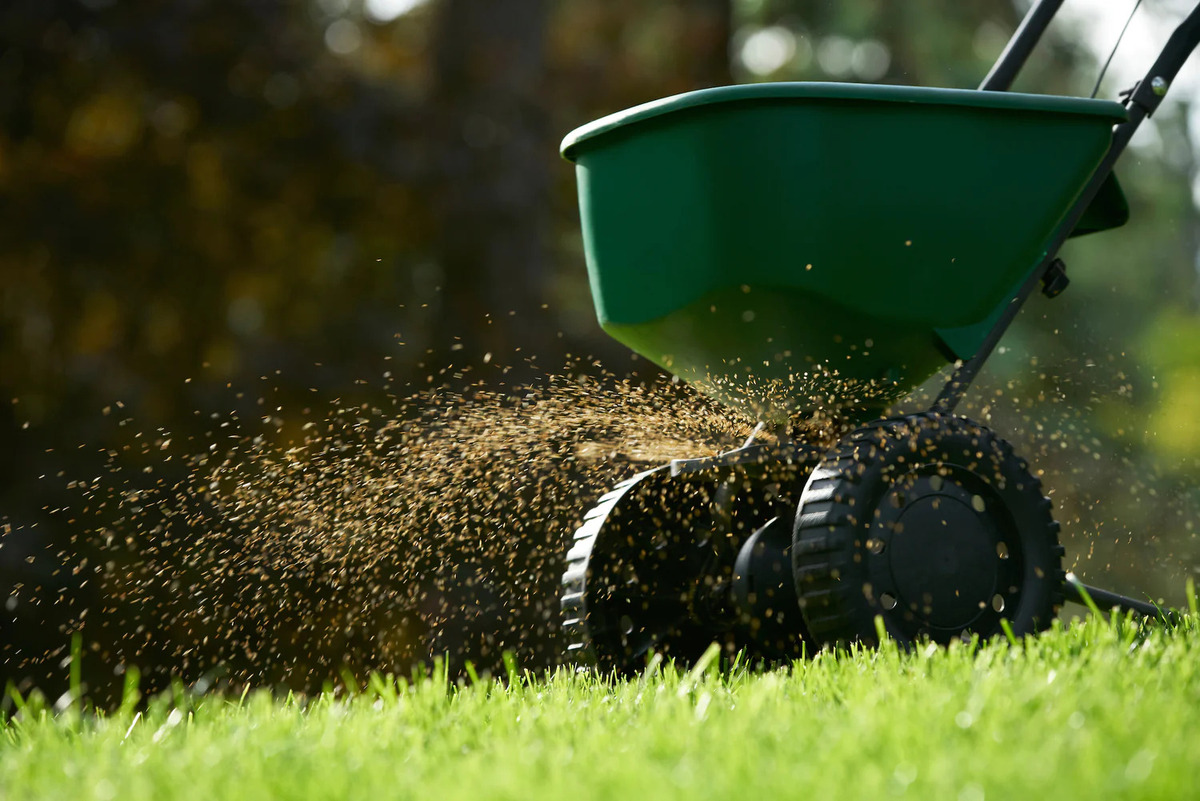

Landscaping Ideas
How Many Square Feet Does A 50 Lb Bag Of Grass Seed Cover
Modified: August 28, 2024
Discover how many square feet a 50 lb bag of grass seed covers and get expert landscaping ideas to achieve a lush, green lawn. Explore the best techniques for efficient grass seed coverage.
(Many of the links in this article redirect to a specific reviewed product. Your purchase of these products through affiliate links helps to generate commission for Storables.com, at no extra cost. Learn more)
Introduction
Landscaping is a wonderful way to enhance the beauty and functionality of outdoor spaces. One of the key components of a lush, vibrant lawn is the quality and quantity of grass seed used. Whether you are a seasoned gardener or a novice enthusiast, understanding how much ground a 50 lb bag of grass seed can cover is essential for achieving the desired results.
In this article, we will delve into the intricacies of grass seed coverage, exploring the factors that influence it and providing practical insights into calculating the coverage of a 50 lb bag of grass seed. By the end of this journey, you will be equipped with the knowledge and confidence to make informed decisions about seeding your lawn, ensuring that it flourishes with healthy, green grass.
Let's embark on this exploration of grass seed coverage, uncovering the secrets to achieving a thriving and picturesque lawn that will be the envy of the neighborhood.
Key Takeaways:
- Grass seed coverage depends on factors like seed type, soil condition, and environmental factors. Calculating the quantity of grass seed needed for optimal coverage is essential for a lush, healthy lawn.
- Understanding grass seed coverage empowers individuals to make informed decisions about lawn seeding, leading to successful establishment and maintenance of a vibrant, thriving lawn.
Understanding Grass Seed Coverage
Grass seed coverage refers to the area of land that can be effectively seeded using a specific quantity of grass seed. This metric is crucial for determining the amount of grass seed needed to achieve optimal coverage and germination. Understanding grass seed coverage involves considering the type of grass seed, the condition of the soil, and the environmental factors that influence the growth of the grass.
When it comes to grass seed coverage, it’s important to recognize that different types of grass seed have varying coverage capacities. For example, fine fescue grass seed may cover a larger area compared to Kentucky bluegrass seed due to differences in seed size and germination rates. Additionally, the condition of the soil plays a significant role in determining grass seed coverage. Soil that is well-prepared and enriched with nutrients will provide an ideal environment for the grass seed to take root and thrive, potentially increasing the coverage area.
Furthermore, environmental factors such as temperature, sunlight, and moisture levels can impact grass seed coverage. Regions with cooler temperatures and consistent rainfall may experience higher rates of germination, allowing for broader coverage compared to areas with harsher environmental conditions.
By understanding the nuances of grass seed coverage, individuals can make informed decisions about the quantity and type of grass seed needed to achieve the desired coverage for their lawn. This knowledge empowers landscapers and homeowners to optimize their seeding efforts, ultimately leading to a healthier and more vibrant lawn.
Factors Affecting Grass Seed Coverage
Several factors influence the coverage capacity of grass seed, ultimately impacting the area that can be effectively seeded with a 50 lb bag of grass seed. Understanding these factors is essential for making informed decisions about lawn seeding and maximizing the potential for successful germination and growth.
1. Seed Type: Different types of grass seed exhibit varying coverage capacities. For instance, fine fescue grass seed may cover a larger area compared to ryegrass seed due to differences in seed size and germination rates. It’s important to consider the specific characteristics of the grass seed when estimating coverage.
2. Soil Condition: The condition of the soil significantly impacts grass seed coverage. Well-prepared soil that is rich in nutrients and has proper drainage can support greater coverage compared to compacted or nutrient-deficient soil. Soil pH levels and organic matter content also play a role in determining the coverage capacity of grass seed.
3. Environmental Factors: Environmental conditions, such as temperature, sunlight, and moisture levels, affect the germination and growth of grass seed. Regions with favorable conditions, including moderate temperatures and adequate moisture, may experience higher rates of germination, allowing for broader coverage. Conversely, harsh environmental conditions can limit the coverage capacity of grass seed.
4. Seeding Technique: The method used to distribute the grass seed can impact coverage. Even distribution and proper seed-to-soil contact are essential for maximizing coverage capacity. Techniques such as overseeding or slit seeding can optimize the utilization of grass seed, potentially increasing coverage area.
5. Seed Quality: The quality of the grass seed itself, including purity, germination rate, and viability, directly influences coverage capacity. High-quality grass seed is more likely to achieve optimal coverage and successful germination, leading to a greater area of effective seeding.
By considering these factors, individuals can make informed assessments of the coverage capacity of a 50 lb bag of grass seed, enabling them to plan and execute their lawn seeding endeavors with precision and confidence.
A 50 lb bag of grass seed typically covers around 10,000 square feet for new lawn seeding and 20,000 square feet for overseeding. Be sure to check the specific instructions on the bag for best results.
Calculating Grass Seed Coverage
Accurately calculating the coverage capacity of a 50 lb bag of grass seed is a fundamental aspect of lawn care and landscaping. By understanding the key parameters involved in this calculation, individuals can make informed decisions about the quantity of grass seed needed to achieve optimal coverage for their specific lawn area.
1. Determine Seed Coverage Rate: The first step in calculating grass seed coverage is to identify the coverage rate provided by the grass seed manufacturer. This rate typically indicates the area that can be covered by a specific weight of grass seed, such as 1 lb or 1,000 square feet. By referencing this information, individuals can estimate the coverage capacity of the entire 50 lb bag of grass seed.
2. Assess Lawn Area: Measure the area of the lawn that requires seeding in square feet. This can be achieved by dividing the lawn into manageable sections and calculating the square footage of each section. Alternatively, using satellite imagery or a property survey can provide an accurate measurement of the lawn area.
3. Calculate Seed Quantity: Once the coverage rate and lawn area are determined, individuals can calculate the quantity of grass seed needed. Divide the total lawn area by the coverage rate per pound of grass seed to ascertain the amount of seed required to cover the entire lawn. For example, if the coverage rate is 1 lb per 1,000 square feet and the lawn area is 5,000 square feet, then 5 lbs of grass seed would be needed for optimal coverage.
4. Adjust for Seed Quality and Conditions: It’s important to consider the quality of the grass seed and the specific conditions of the lawn when calculating coverage. Factors such as seed viability, soil condition, and environmental considerations may necessitate adjustments to the calculated quantity of grass seed to ensure successful germination and coverage.
5. Consider Over-Seeding: In some cases, over-seeding may be recommended to achieve denser coverage and address thin or bare areas of the lawn. When planning for over-seeding, adjust the calculated seed quantity to accommodate the additional coverage required for optimal results.
By following these steps and considering the specific characteristics of the grass seed, soil, and lawn area, individuals can accurately calculate the coverage capacity of a 50 lb bag of grass seed, ensuring that their lawn receives the appropriate amount of seed for lush, healthy growth.
Conclusion
Grass seed coverage is a critical consideration for anyone seeking to establish or rejuvenate a vibrant, healthy lawn. By understanding the factors that influence coverage capacity and the methods for calculating the quantity of grass seed needed, individuals can approach lawn seeding with confidence and precision, ultimately leading to successful germination and lush, green growth.
Factors such as the type of grass seed, soil condition, environmental influences, seeding technique, and seed quality all contribute to the coverage capacity of grass seed. By carefully evaluating these factors, individuals can make informed decisions about the quantity and distribution of grass seed, ensuring that their lawn receives the optimal amount for robust and uniform coverage.
Calculating grass seed coverage involves determining the coverage rate provided by the grass seed manufacturer, assessing the lawn area, and considering adjustments for seed quality and specific conditions. By following these steps, individuals can accurately estimate the quantity of grass seed required to achieve the desired coverage, accounting for potential over-seeding needs to address thin or bare areas of the lawn.
Ultimately, the goal of understanding grass seed coverage is to empower individuals to make informed decisions about lawn seeding, leading to the successful establishment and maintenance of a lush, thriving lawn. Whether it’s a small residential lawn or a sprawling landscape, the knowledge and insights gained from understanding grass seed coverage can contribute to the creation of outdoor spaces that are both beautiful and functional.
As you embark on your lawn care journey, may this understanding of grass seed coverage serve as a valuable tool, allowing you to nurture and enjoy a verdant, inviting lawn that enhances the beauty of your outdoor environment.
Frequently Asked Questions about How Many Square Feet Does A 50 Lb Bag Of Grass Seed Cover
Was this page helpful?
At Storables.com, we guarantee accurate and reliable information. Our content, validated by Expert Board Contributors, is crafted following stringent Editorial Policies. We're committed to providing you with well-researched, expert-backed insights for all your informational needs.
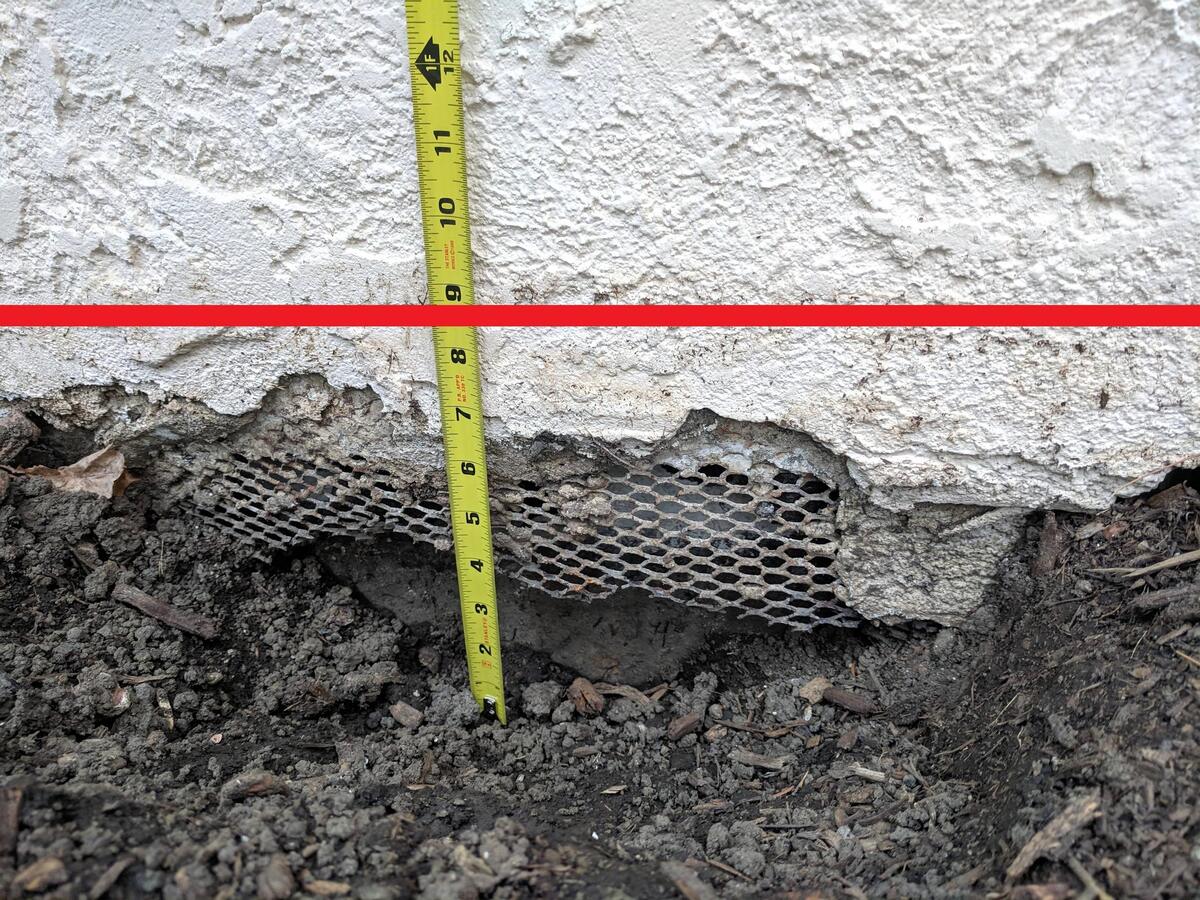
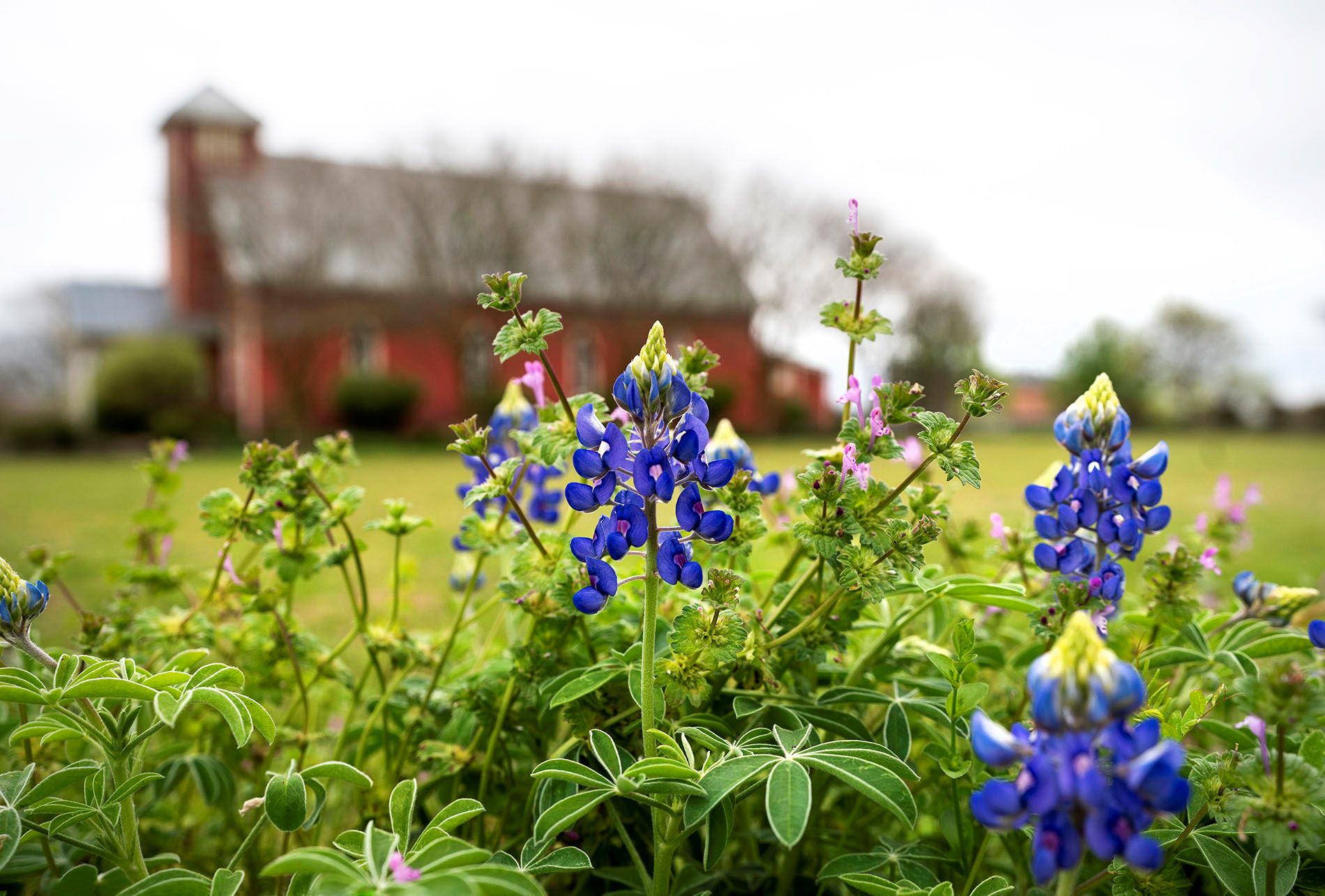
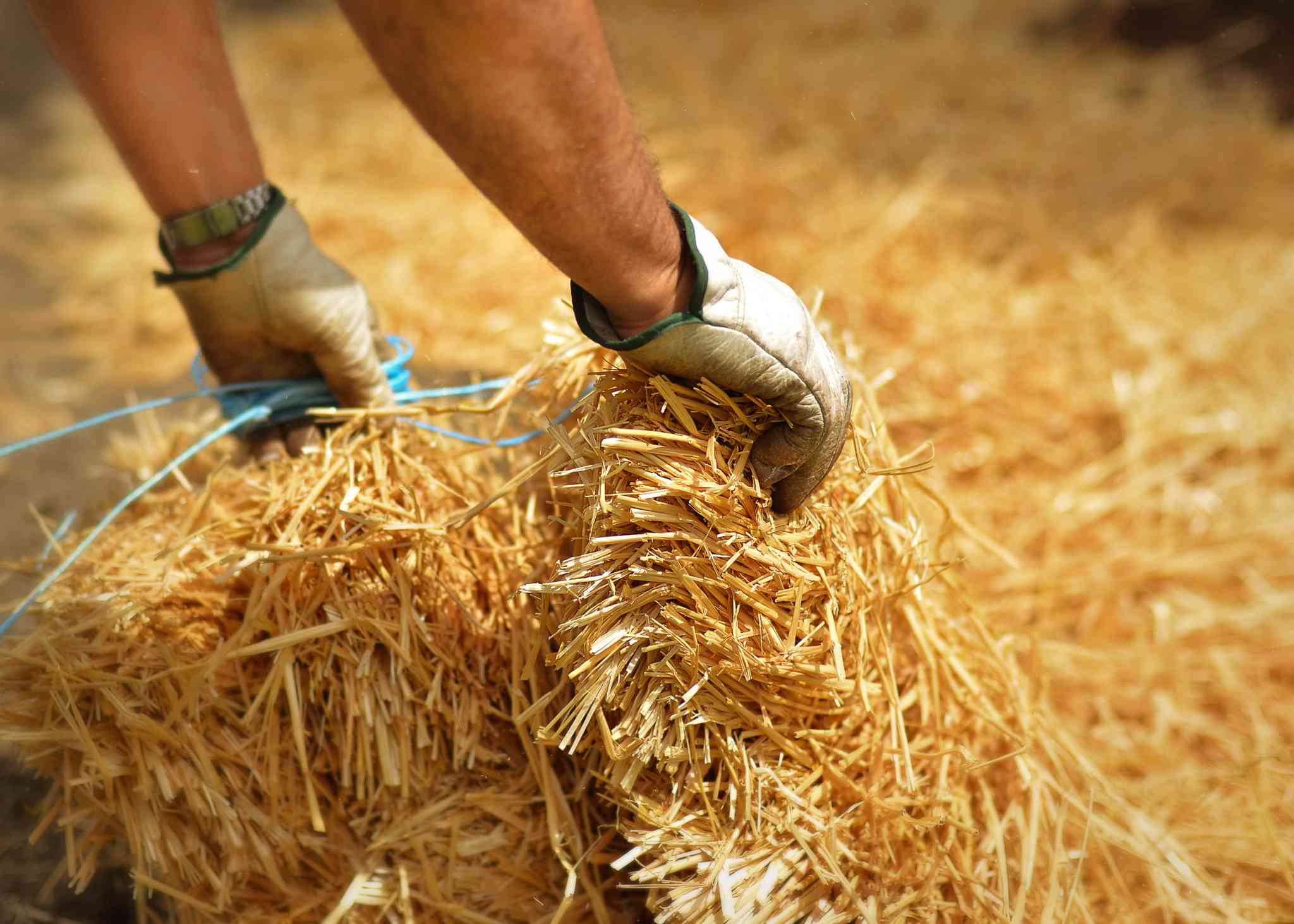
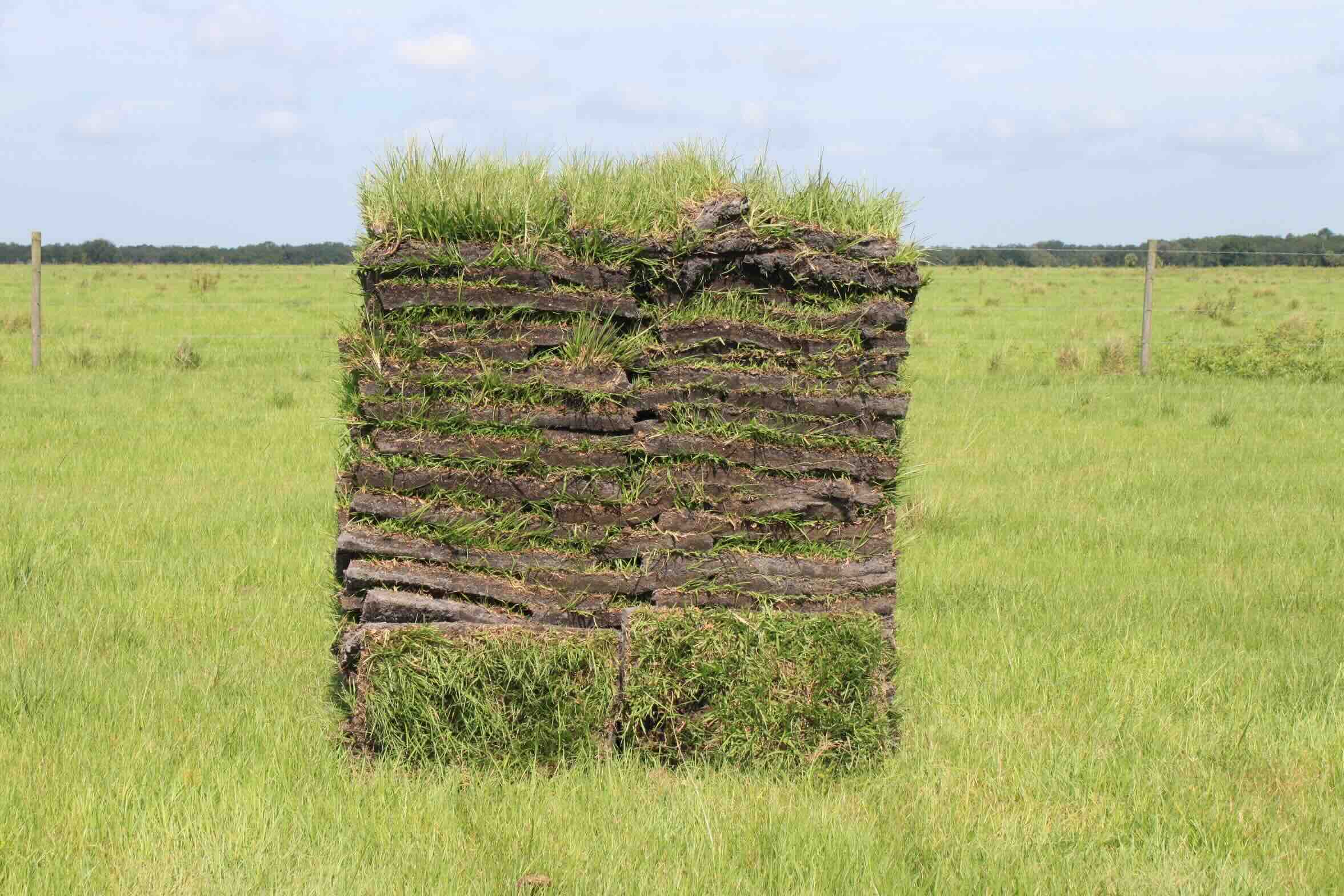
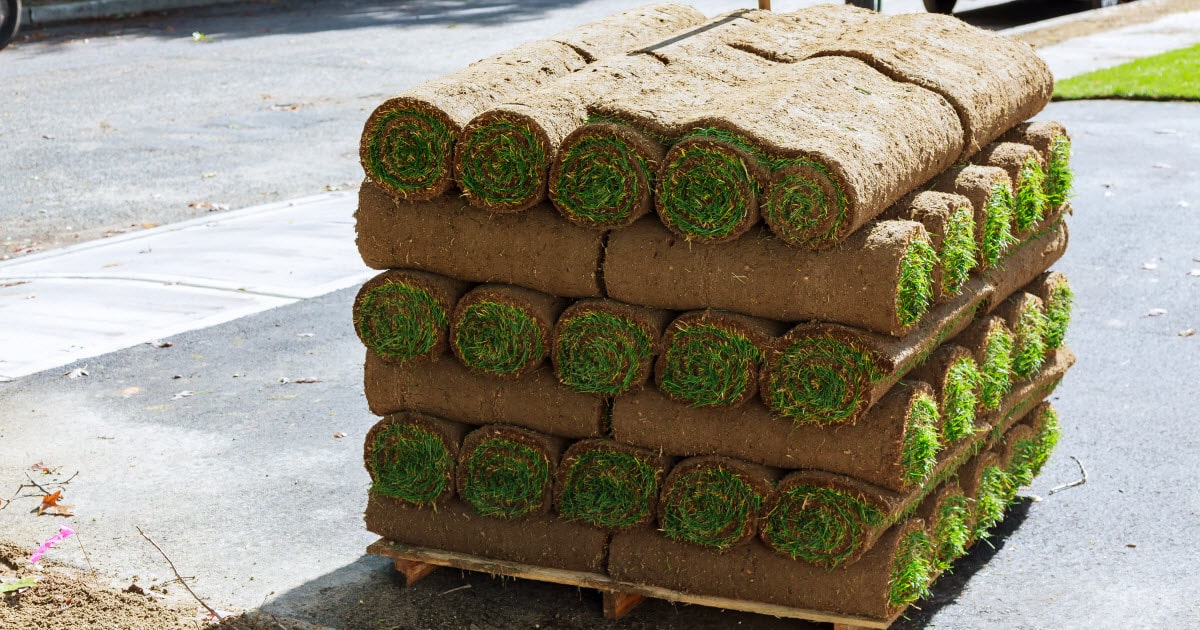
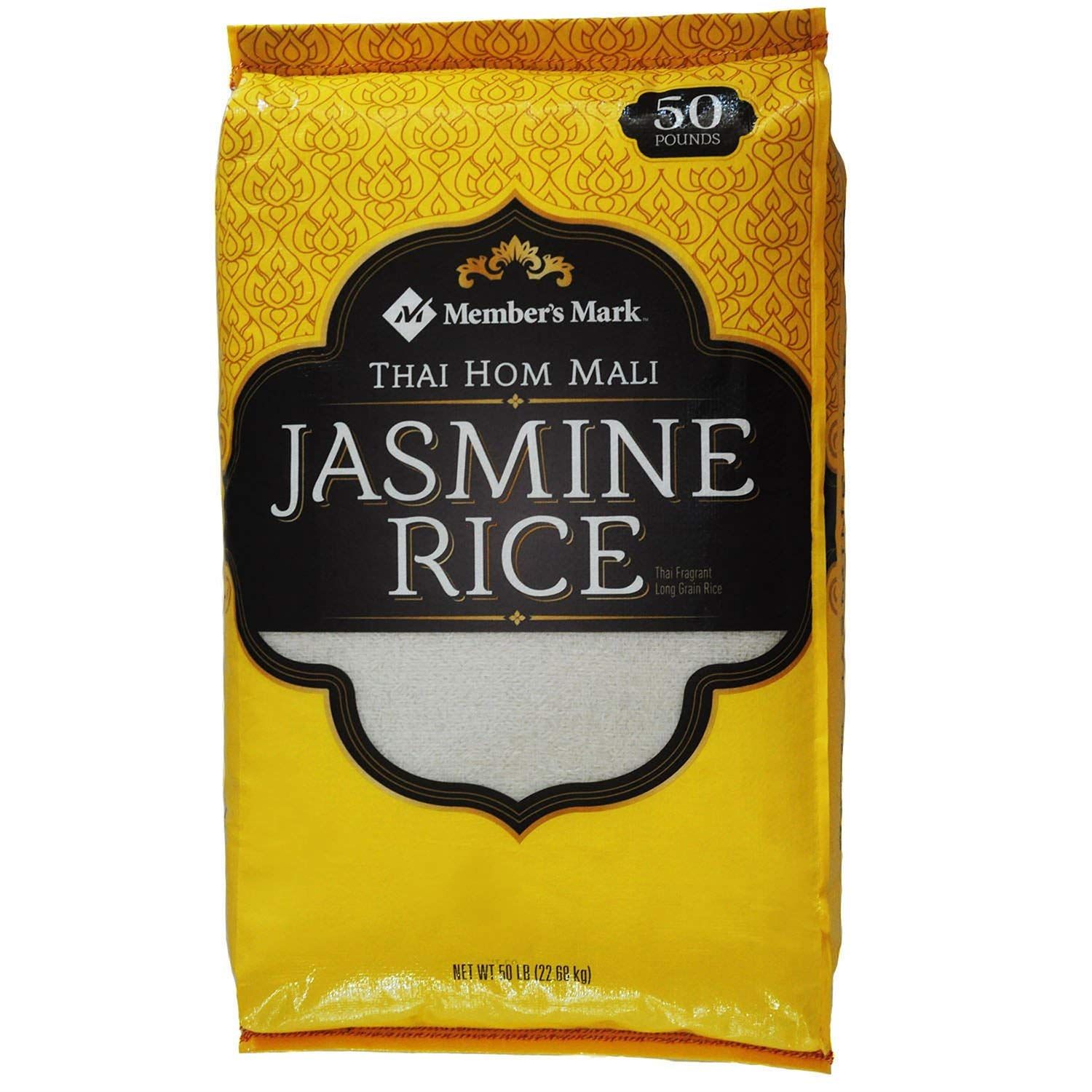




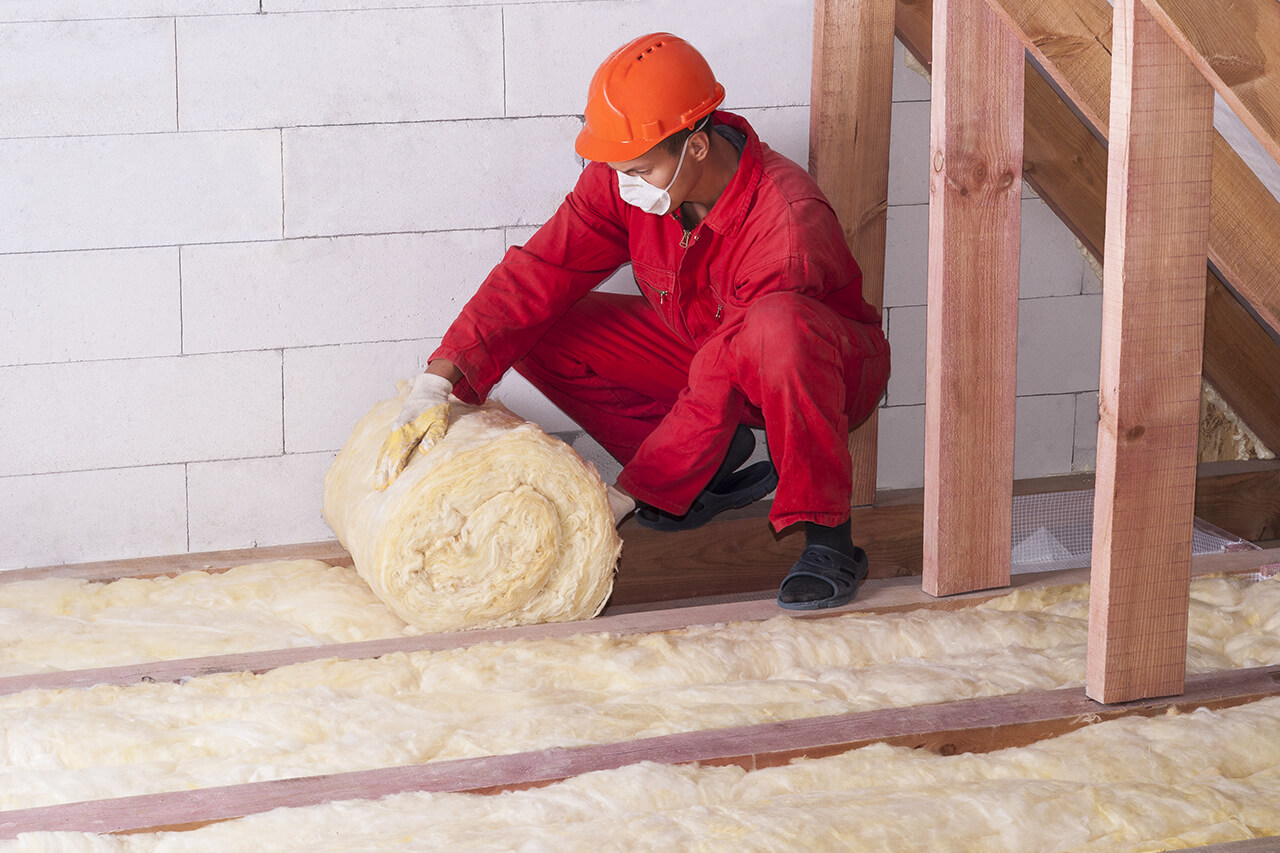
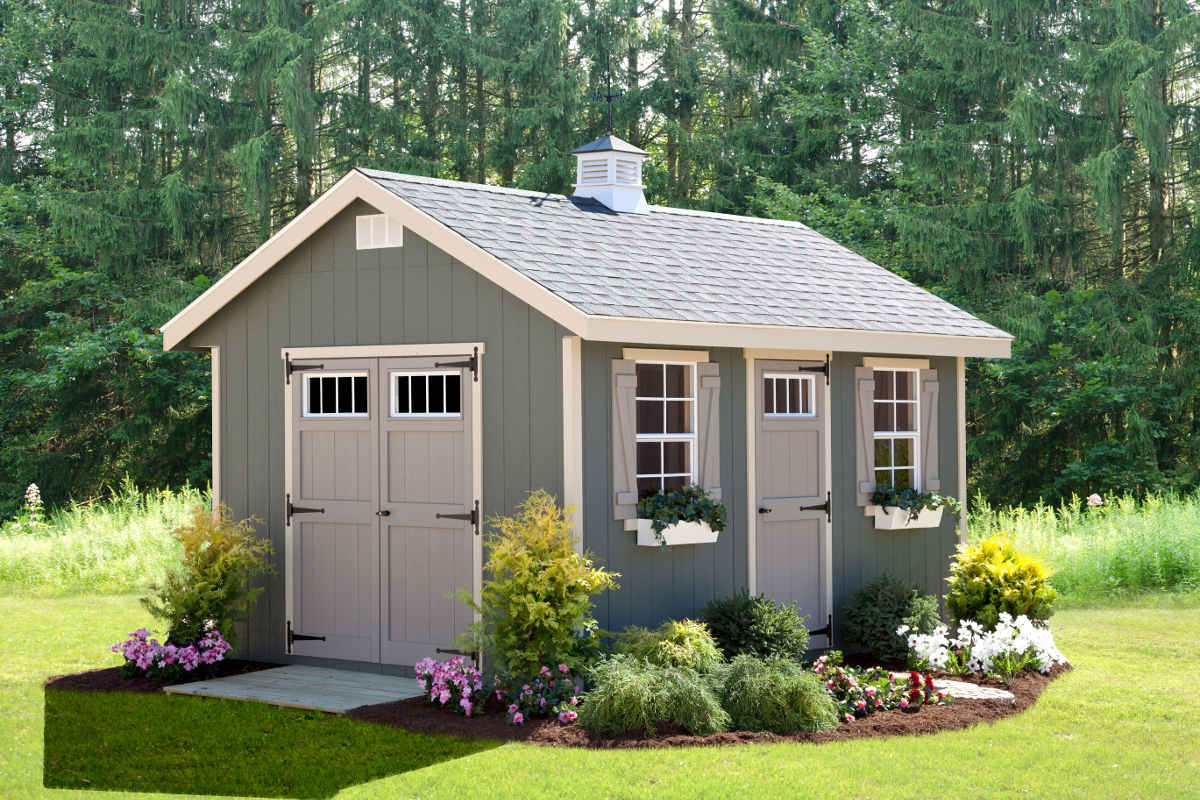

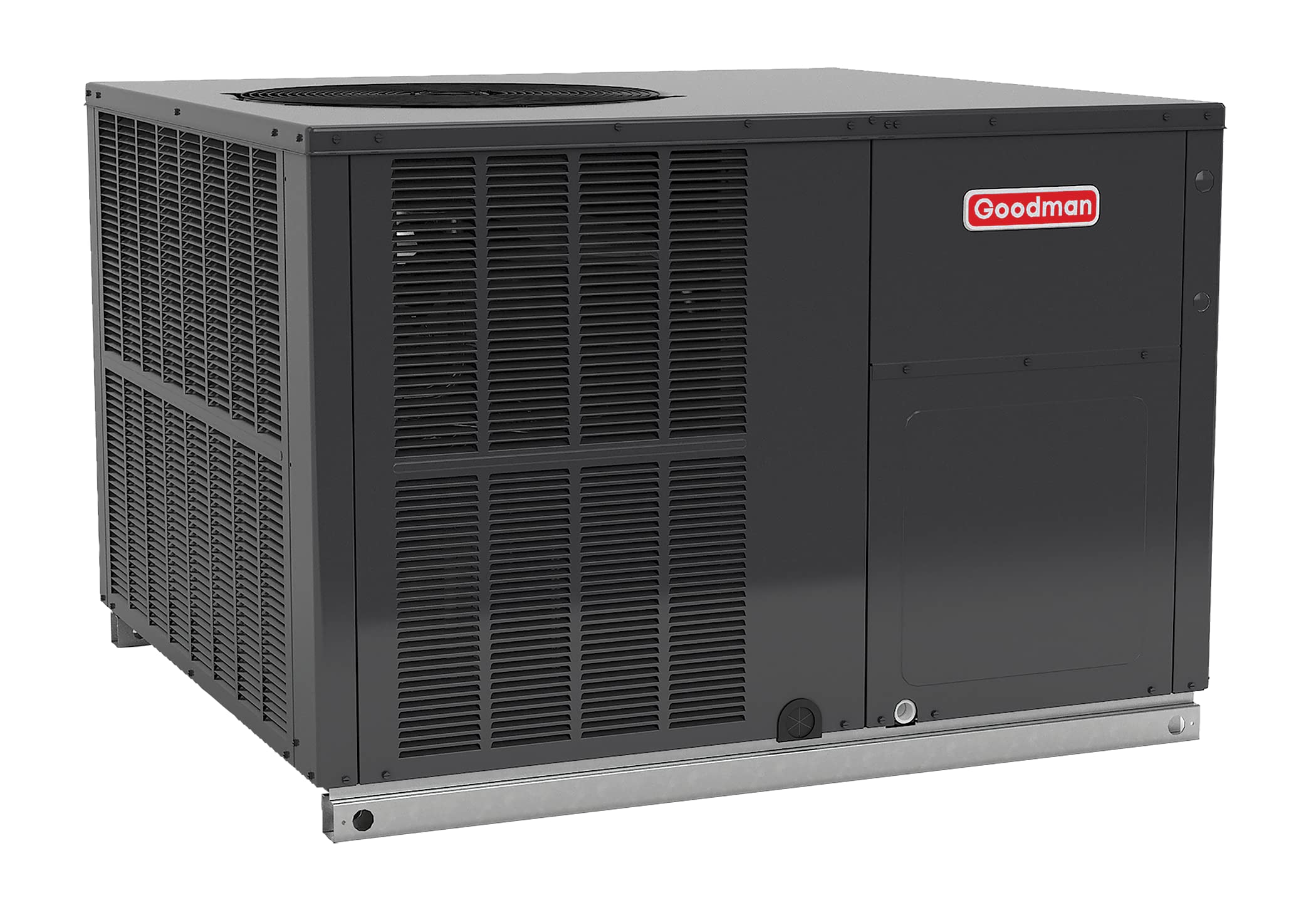


0 thoughts on “How Many Square Feet Does A 50 Lb Bag Of Grass Seed Cover”